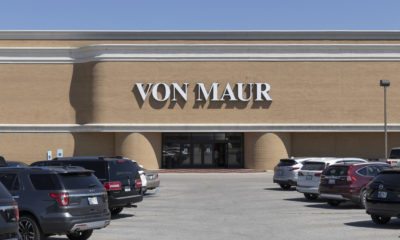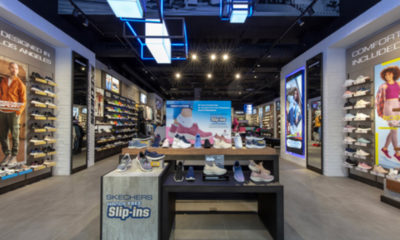T. S. ELIOT POETICALLY opined that “April is the cruelest month.” And while a sense of despair may grip our hearts amid flagrant harbingers of false hope, the first blooms of spring seem to belie our anguish. In addition to a perceived rebirth, it must be noted that April also brings the cry of “play ball!” Hope springs eternal in baseball stadiums across the country as the calendar turns from March to April. Much like the crocus and the robin, opening day is a much-anticipated ray of sunshine after a long cold winter. There is an undeniable yearning for the fragrance of the freshly cut grass and the crack of the bat on the ball. Baseball’s spiritual mystique looms as a reference to treasured memories of yesterday, the possibilities of today, and the hope and dreams of tomorrow. No, baseball will never die as long as it gives us hope, as long as it lets us dream.
Hopes and dreams are also fundamental to retail, much like the hopes and dreams of the hometown faithful as the first pitch of the season is sent hurtling toward the plate. And now as retail is faced with a hopeful and anticipated reawakening, a tantalizing excitement is blossoming in communities across the country. There is a newfound enthusiasm akin to the delight of walking into the stadium on opening day, an excitement as palpable as seeing the green grass and the hometown heroes decked out in their game day whites. And as we begin to see light at the end of the long, dark tunnel, we should take comfort in the knowledge that much like the national pastime, retail will never die.
As I look out of my window onto the once bustling streets of New York City, I feel a new pulsation, a stirring and a buzz. I see signs of life. Oh sure, the daffodils are in full bloom but there’s something more. After our cold hard winter of despair, open-air restaurants are lining the streets and avenues, theaters and museums are turning on their lights, and storefronts across the city are opening their doors.
The brutality of this one unseemly winter during the throes of a pandemic has brought many years of change to an industry that thrives on change; customer behavior has been altered forever. And while retail’s timeless and unrelenting charge has fostered an unimagined sense of desire and an unmitigated lust for consumption, the industry is now faced with a new reality. The data is in and the numbers have been crunched. To be sure, customers will return to shopping, but most definitely in very different ways and at a very different pace. Once energetic retail corridors and city centers are beginning to lose their gravitational pull as local retail hubs begin to materialize in neighborhoods everywhere. A contradictory economy is also emerging, some consumers having faired relatively well economically in the midst of the tempest while others have suffered emotionally, physically and financially. Flexibility and adaptability, from supply chain to in-store or online delivery, is now an integral part of the retail equation.
While it’s generally recognized that downtown city centers will struggle mightily in the short term to regain their positions in the retail hierarchy, local centers will begin to establish themselves as shopping destinations. Months of isolation have fostered a new pride of neighborhood and community. Through hybrid office arrangements, people have been working, meeting and conferencing from the comfort of their homes. Local communities have banded together to provide essential products and services, and commuting has been redefined as a trip to the corner store or a luncheon at a local open-air sidewalk cafe. In short, people will be spending more of their time in the communities in which they live.
Successful retailers will adapt to this new reality by establishing smaller and more nimble footprints in local communities. They will respond by bringing their message to the doorstep of the consumer, whether online or in-store. They will meet the customer where they are. Empathy means understanding the needs and challenges of the consumer. It’s the empathetic retailer who will understand that much like the baseball player rounding third base, people just want to be “safe at home.”
Advertisement

 Eric Feigenbaum1 week ago
Eric Feigenbaum1 week ago
 Headlines6 days ago
Headlines6 days ago
 Headlines1 week ago
Headlines1 week ago
 Headlines2 weeks ago
Headlines2 weeks ago
 Headlines1 week ago
Headlines1 week ago
 Designer Dozen2 weeks ago
Designer Dozen2 weeks ago
 Headlines2 weeks ago
Headlines2 weeks ago


















